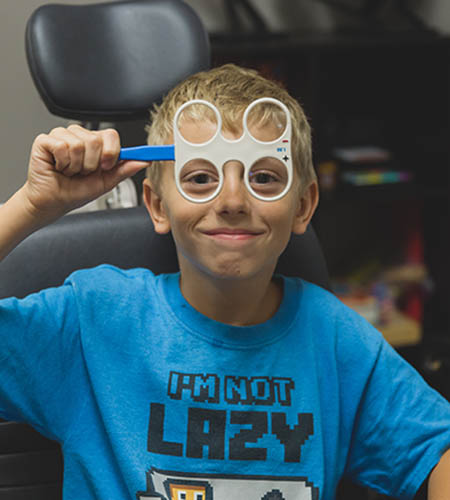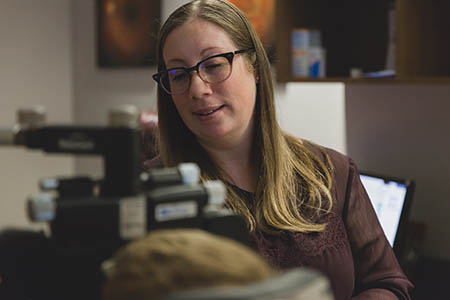

If you are near sighted you have difficulty seeing things are a distance, such as road signs while driving or the board at school. Having myopia increases the chances of having other eye conditions in the future such as glaucoma, cataracts, and retinal detachments.
Though standard treatment may correct vision it does not prevent the progression of nearsightedness.

Myopia occurs if the eyeball is too long or the cornea (the clear front cover of the eye) is too curved. As a result, the light entering the eye isn’t focused correctly, and distant objects look blurred. Myopia is most often treated with glasses or contact lenses.
Myopia can also be treated with surgical procedures, such as LASIK or PRK, however these procedures are typically only effective if the myopia is stable and cannot be performed on anyone under 18.
Children who spend more time outside and less time on computers and other digital devices are at a lower risk of myopia.
Myopia control is a term used to talk about slowing the progression of myopia in children and young adults. There are four commonly used forms of treatment for myopia control: Orthokeratology (Ortho K) or CRT lenses, soft multifocal contact lenses, bifocal or progressive eyeglasses and Atropine therapy.
